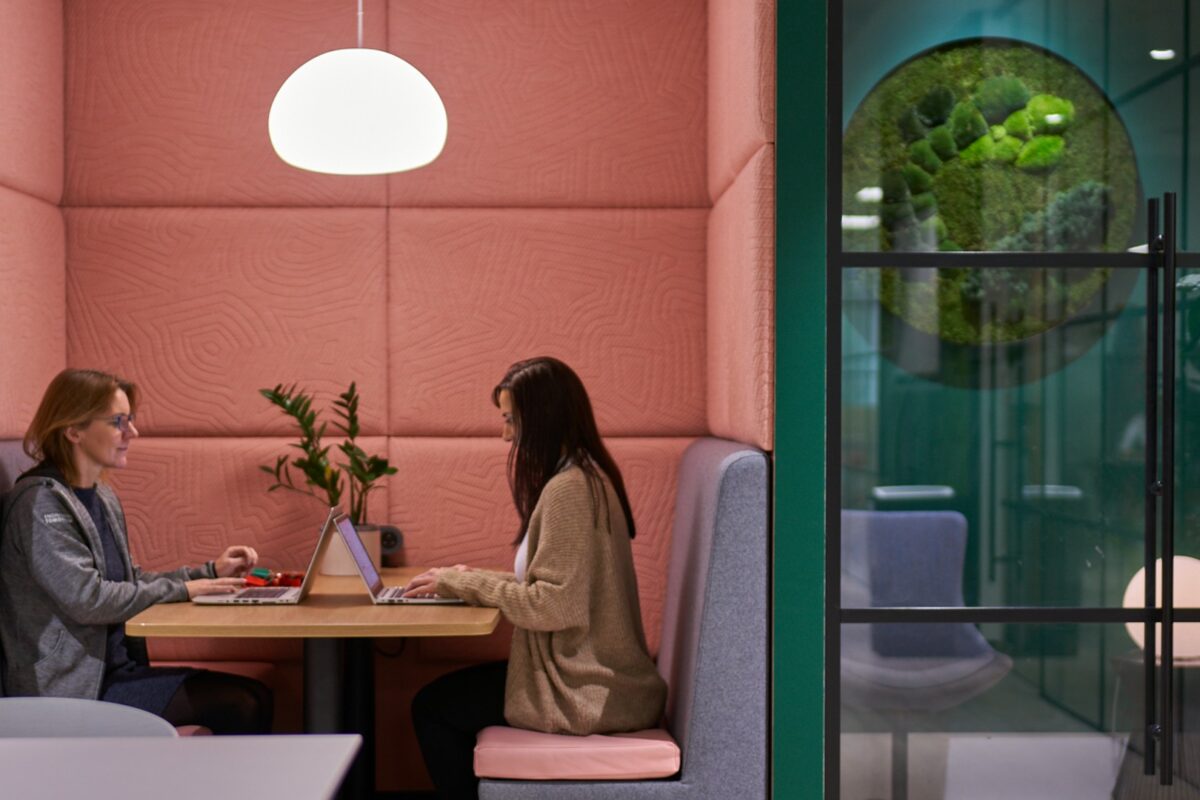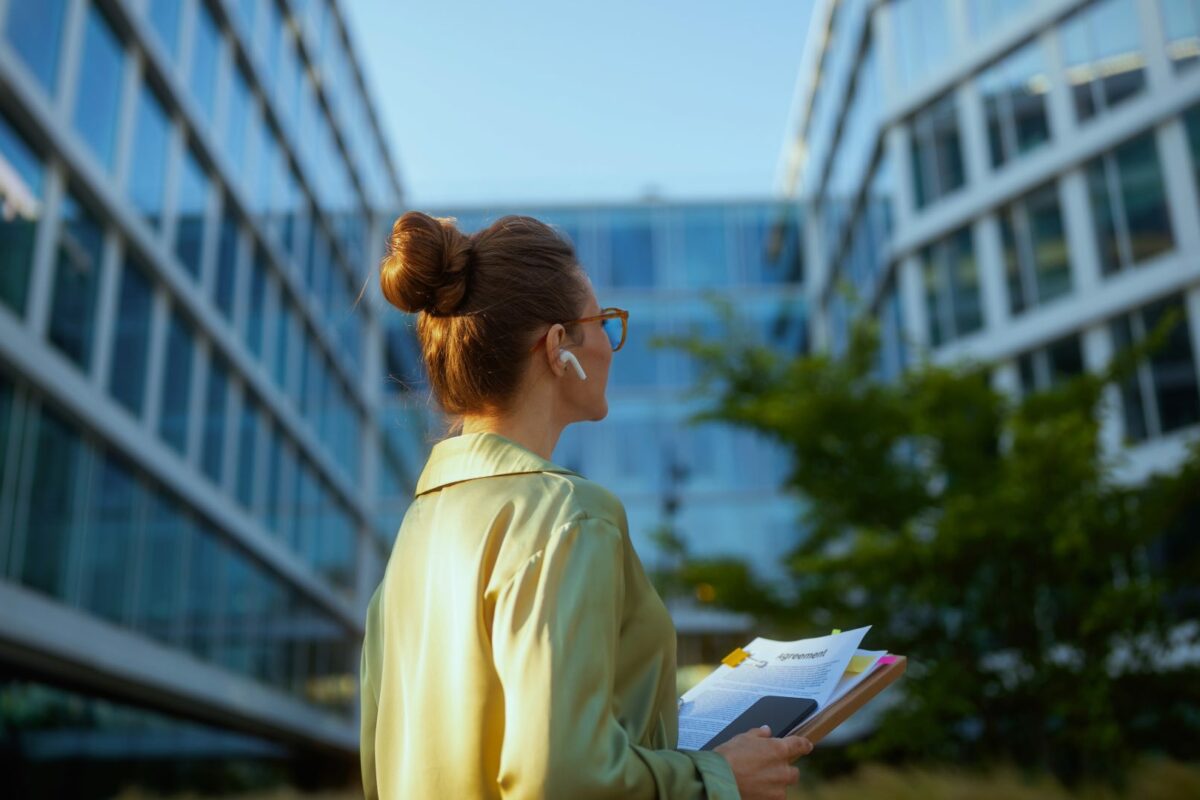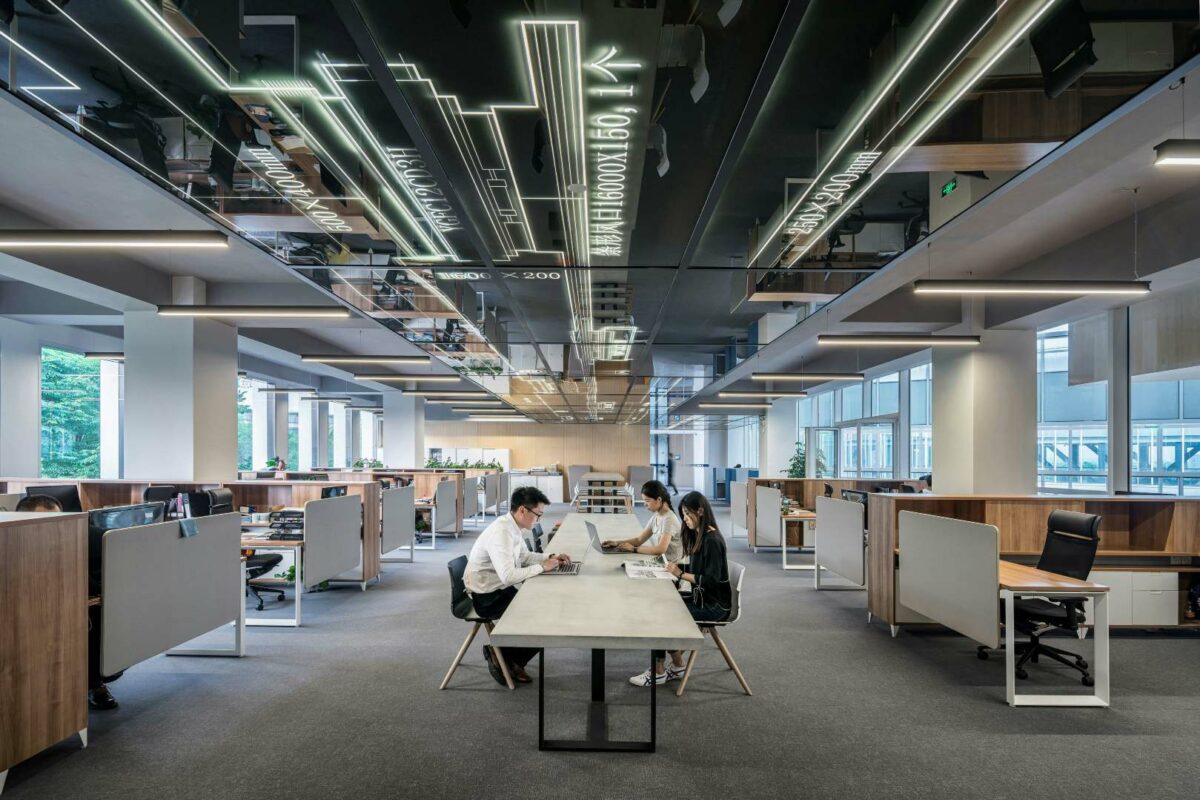Martin, you are a passionate advocate for regenerative sustainability. What does a regenerative approach mean for the built environment – how does it influence the materials we use?
Materials transparency forms a huge part of the regenerative approach. Being ‘degenerative’, we are extracting things from the land and using harmful processes to make products and materials. In contrast, being regenerative means being mindful about making a positive impact on the planet when it comes to resources and extraction, and using more readily available plant-based materials. It means thinking about circular economy processes – for example, how a product can be recycled at the end of its life.
In the building products industry, we need to eschew materials that are known for their toxicity, either towards the ecosystem or human health. There is still a lack of knowledge and awareness around this, but The Red List is an invaluable regenerative tool, which a lot of mainstream built environment organisations are starting to use. Created by the International Living Future Institute, it lists the “worst in class” materials, chemicals and elements that jeopardise human and planetary health, such as formaldehyde, mercury and phthalates.
But materials transparency doesn’t solely matter in the construction phase. It means being mindful about what goes into everything, from the paint on our office walls to the chairs at our desks. For example, many furnishings, wall coverings and wood preservatives emit volatile organic compounds (VOCs), which can cause nausea, eye irritation and even impact our ability to focus. Long term, they are associated with more severe health issues, like cancer. The Declare system is invaluable here – essentially nutrition labels for products, it’s an online database, providing insight into the ingredients that have gone into a product.
Whether you are in construction, architecture or the end user, everyone benefits from specifying materials that cause no harm in manufacture, installation or when they reached the end of their useful life. Ultimately, if you have healthier materials in a building, you’ll have healthier people working in the building. You move away from sick building syndrome towards buildings that can actually improve people’s health and lift the spirit. That’s regenerative, and salutogenic.
How can we put a regenerative mindset into practice when it comes to designing our workspaces?
A regenerative approach involves a strong (re)connection with nature, bringing nature indoors, through for example, We spend 90% of our time indoors, whether that’s at work or home. Yet so many of those places haven’t really been designed for human health, or for connectivity with nature. We could be working in an office all day and have no idea whether it’s cloudy or the skies are clear – that’s even more pronounced in winter, when we also commute in the dark.
There is a body of evidence to show that this is one of the causes of our increasing mental health issues. As humans we are increasingly divorced from nature, yet we thrive in the natural world. Think about the buzz you get when you’re caught in a rainstorm, or how you feel when you see a spectacular sunset. Biophilia explores how can we bring that buzz into the workplace?
Presumably this is about more than having a few office plants dotted around…
Biophilia involves living walls, organic textures and plants, but it’s also about our senses. A biophilic approach might involve having different temperature zones for example, so you walk through pockets of cooler and warmer air as you make your way through the building. Instead of one uniform temperature, the space is echoing the natural fluctuations you might experience outdoors.
Sound is important too, with some buildings now using natural noises, like birdsong. It’s soothing, and it can have acoustic advantages, masking the sound of people on the phone for example. Interestingly, people often don’t notice the sound is there, but that doesn’t mean it isn’t having a soothing effect.
What about lighting?
If you implement the right lighting at the right time, in an office space, the health and wellbeing advantages can be huge. For example, circadian lighting working with the body clock, helps people tune into nature’s rhythms. Research shows that productivity, health, absentism is better, compared to an environment where you’re working in flat light all day.
The Bullitt Centre in Seattle is a shining example of connecting people to nature’s rhythms. It’s designed with what looks like a top hat of solar panels, which give shading but also allow for natural light to penetrate deep into the building. As the sun passes across the building, it throws dappled light onto the windows and inside, mimicking the effect you might experience under a tree canopy.
What does this mean for the future of the workplace – will people increasingly demand spaces that are healthy for people and planet?
Yes, people are already starting to check their employer’s sustainability and regenerative credentials, especially when moving jobs. They might have second thoughts about working for a business actively investing in fossil fuels, for example.
But they are also starting to question their physical workspace – will it be healthy, or will it will drain and exhaust them? COVID-19 and working from home has made us more circumspect too – we want more than a cell-like office with flat lighting. People want to work in a building with healthy regenerative values.
Developers are now starting to push aspects of regenerative thinking. They know that something which goes onto the market in five years might not sell if doesn’t have regenerative (more good not just less bad) values, for example low or zero carbon footprint, toxic free interiors or responsibly sourced materials. Healthy environments sell and many are starting to think, ‘hang on, as a business we can do better than this.’
The Terrapin Brightgreen Report ‘Economics of Biophilic Design’ is a great starting place for understaning the economic advantages of biophila.

Martin is the co-author of the Regenerative Playbook, published by Content Coms. He is the founder of Fairsnape, a strategic consultancy specialising in built environment improvement and sustainability. He is also vice president of Living Future Europe, founder of Zoom Regenerative and co-founder of Regen/.
Content Team
Work in Mind is a content platform designed to give a voice to thinkers, businesses, journalists and regulatory bodies in the field of healthy buildings.




